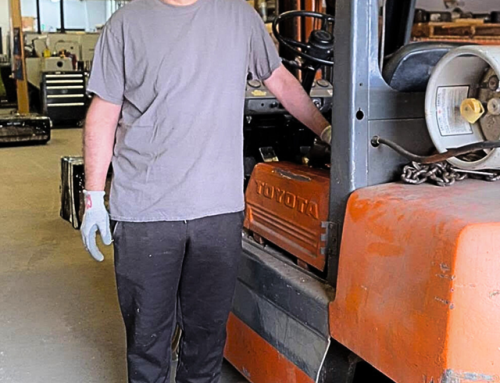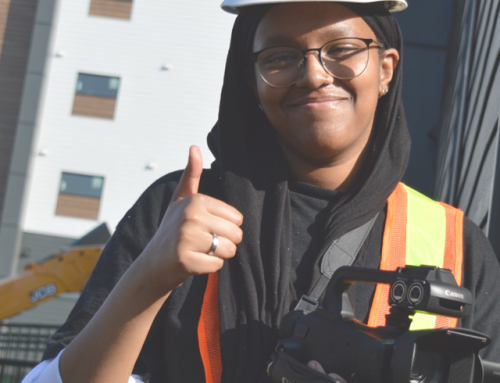Article from the NY Times
Opposing counsel and I were at sidebar, talking to the judge out of the jury’s earshot. The judge’s face loomed high above me as she sat behind the “bench” — a four-foot-high wooden desk atop a two-foot-high platform. I was in a wheelchair and had to stretch my neck to communicate with her. Opposing counsel, who stood directly in front of the judge, quite comfortably made eye contact with her as she spoke.
I was not new at this. It was 2013 and I had tried over 50 jury cases in the past three decades, winning quite a few substantial verdicts, but I felt that something was going on. To be effective in my profession, you have to be heard. That can be difficult when you can’t stand up to project your voice. This judge was ruling repeatedly in favor of the lawyer she could see and hear best.
I was already an experienced trial lawyer by the time I learned I had multiple sclerosis in 1995, at age 41. M.S. is a condition in which an abnormal response of the body’s immune system is directed against the central nervous system and attacks myelin, the coating of the nerve fibers, and the fibers themselves. When the myelin or nerve fibers are attacked and damaged, scar tissue, or sclerosis, is formed, which prevents the proper transmission of messages through the brain, spinal cord and optic nerves, producing a wide variety of symptoms. In my case, it has primarily affected the use of my legs.
Since I started trying cases from a wheelchair 12 years ago, my relationship to my profession has changed. When I lose a case, I sometimes feel unsure of the reason for the defeat. Was I not persuasive because I couldn’t get my point across from a wheelchair, or would my argument have lost no matter where it came from? Was I not treated as well by the judge or opposing counsel because I was sitting, or did I just not adequately articulate my point?
READ FULL ARTICLE HERE – https://www.nytimes.com/2017/02/22/opinion/standing-up-for-what-i-need





